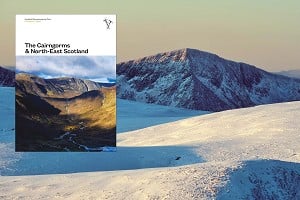
From inspiring new rock guides and big name autobiographies, through glossy photography books to some fascinating writing compilations, readers this Christmas will be spoilt for choice. Staff here at UKC/UKH pick their favourites.
Natalie Berry - UKC Editor
Waymaking - a Women's Adventure Writing Anthology
published by Vertebrate Publishing £17.99
The book is described by Vertebrate Publishing as 'an inspiring and pivotal work published in an era when wilderness conservation and gender equality are at the fore.'
Although a dearth of women's adventure writing clearly exists, Waymaking is an audacious and timely first step to filling this void, and disputes any argument that there is a lack of adventurous women with stories to tell, or indeed the talent to put them into words. In October, Waymaking topped Amazon's bestseller list in poetry anthologies.
No Easy Way
by Mick Fowler (Vertebrate Publishing) £14.95
Here he writes about navigating red tape, surviving car journeys on treacherous roads, herding donkeys and yaks, avoiding bears and sewing clothes at altitude - not to mention the committing climbs and sketchy descents undertaken in remote corners of the Greater Ranges. With his typical self-deprecating humour, Mick seemingly takes some sticky situations and difficult moments in his stride. This is an inspiring account of a lifetime of Type 2 fun and 'getting on with it' by one of Britain's top mountaineers with three Piolets d'Or to his name.
Read our interview with Mick about the book here:
Limits of the Known
by David Roberts (W. W. Norton & Company)
American climber and writer David Roberts - AKA 'the dean of adventure writing' - won the Boardman Tasker Prize for Mountain Literature this year with Limits of the Known, his latest book following a series of successful memoirs and biographies over the years, including The Mountain of My Fear, Deborah and On the Ridge Between Life and Death.
Faced with stage IV throat cancer, Roberts once again casts his inquisitive eye on the subject of risk in mountaineering and climbing - a topic that he written extensively about throughout his life - and ultimately changes his stance in what is perhaps his most intimate book of all. Mixing accounts of some the world's greatest exploratory feats with his own exploits and philosophical musings, Roberts seeks to answer the following questions: '"Why have I spent my life trying to find the lost and unknown places of this world? And what have the passions of explorers across human history delivered to our understanding of life?" The final lines of this book are incredibly moving and reduced an entire room to tears at the Banff Centre Mountain Film Festival, resulting in a well-deserved standing ovation. A must-read for anybody who wonders what this curious game - of climbing, or of life - is all about.
Stay tuned for a UKC text and video interview with David for our 'Reading Between the Lines' series.
Rob Greenwood - Advertising Manager
Tides, A Climber's Voyage
by Nick Bullock (Vertebrate Publishing) £24
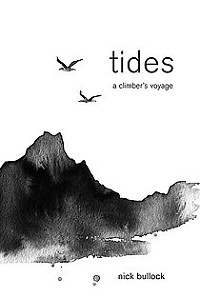
Picking up where his first autobiographical book, Echoes, left off, Tides charts Nick's life after leaving the prison service and devoting himself heart and soul to climbing full time. The title sets the tone for the rest of the book, which very much focusses on life's ebb and flow: the coming and going of people, places, friends, family, seasons, and… well… everything really. The transience of it all; everything changes. The cover, superbly illustrated by Tessa Lyons, suggests both a jagged sea and a rugged mountain: beautiful, stark, yet somehow vibrant, it's a perfect match for Nick's maturing writing.
The White Cliff
Edited by Grant Farquhar (Atlantis Publishing) £35
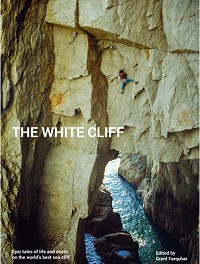
The White Cliff differs from other publications of its kind insofar as it's not got that third person narrative dictating history from afar. Instead it favours a more personal approach, with over 100 individuals, activists and pioneers contributing to the great many stories that adorn its pages. The result is something with a whole lot more flavour and a reflection of the great many experiences people have had on the crag.
The book is divided into two main sections, Part 1: The White Cliff covers what would best be described as the more conventional rock ranging from Upper Tier to North Stack Wall, Part 2: The Psychedelic Cliff covers the somewhat more abstract architecture from South Stack to The Range. Each of these is divided into further chapters based around the individual crags/areas. There's a lot to cover (to put it mildly) so it should come as no surprise that the book weighs in at over 2kg! Full credit to Grant Farquhar for compiling and editing The White Cliff - climbing history is richer for the countless hours he no doubt invested.
Open that bottle of red - or the winter warmer ale - and get ready to spend many evenings dipping in and out of a book that is almost as epic as the cliffs it celebrates.
Guidebooks: South Devon and The Outer Hebrides
Whilst 2018 hasn't been a high volume year for guidebooks, what it's lacked in quantity it's made up for in quality. The two that have most excited me are South Devon by The Climbers' Club and The Outer Hebrides by the SMC. Both cover some of the best sea cliffs - thus the best cliffs - in the British Isles, and even now, several months on, I still get excited when perusing their pages. For South Devon there's a whole host of new crags to explore, not to mention the explosion in DWS development that has resulted in whole new areas. It's hard to know where to begin with The Outer Hebrides simply because the scale is so vast, so just flick through it at random - stop - and the chances are you'll see something incredible.
Between these two new guidebooks alone, you should have enough to keep you busy until this time next year - if not for the rest of your life...
Dan Bailey - UKH Editor and Gear Editor
Wild Light
Scotland's Mountain Landscape
by Craig Aitchison (Vertebrate Publishing) £25
Shot on a chunky old Hasselblad film camera, Wild Light represents seven years of work by award-winning photographer Craig Aitchison. Getting out onto remote mountains in all weathers and at all times of day is stock in trade for a Scottish landscape photographer, and Craig has clearly done the legwork here - and some.
These images span the length and breadth of the highlands, capturing Scotland's dramatic landscape across the seasons is a wide-frame format that matches the sheer scale of his subjects. A case in point are his images of An Teallach from Bidein a' Ghlas Thuill, one taken in full winter conditions and the next at the height of summer. The seasonal contrast is stunning, while the full immensity of the mountain's jagged skyline is portrayed in a way that a tighter frame could never match. Some of his viewpoints will inevitably seem hackneyed to anyone who knows the hills well - various familiar angles on Suilven for instance, or Slioch from Loch Maree. But other subjects and angles seem novel. To his credit, for instance, he didn't do the de rigeur A' Mhaighdean summit view but instead went for a sumptuous late evening shot of the Beinn Deargs and An Teallach's less-photographed southern side from neighbouring Ruadh Stac Mor.
My one criticism is that the light drama comes across at times as overplayed. In many places the contrast dial seems to have been turned up to 11, and all detail in the shadows is lost. If this is a stylistic quirk on Craig's part then I wish he wouldn't. I suspect however that the exaggerated shadows came about during production. Is it the paper they used, or a quirk of the printing? Whatever happened, it's not subtle, but if you like your photography full of punchy contrast then you may disagree. And at the end of it all is a map of the photos, which serves the dual purpose of anchoring these images in Scotland's geography, and showing just how far and wide Craig roamed while producing this book. It's a real labour of love.
This attractive little pocket guide from Brecon Beacons-based runner Lily Dyu is an excellent introduction to the discipline. Kicking off with tips on gear and general approach, it then launches into a series of stories from the trail which aim to inspire as much as inform. Jasmin Paris and Konrad Rawlik take on the Pennine Way in winter, just for laughs; Jez Bragg goes hut-to-hut around Monte Rosa; Anna Frost leads a running group through Bhutan. It's interesting stuff, and sure to give you itchy feet. By way of scratching that itch, the book concludes with 12 largely UK-based fastpacking route ideas, each of which gets quality mapping, a detailed description and its own 'tale from the trail', a short narrative account that gives a good idea of the experience to be had. These mostly seem a suitable length and difficulty to be run over the allotted timeframe with overnight gear on your back, though a 15km 2-dayer in Dartmoor did stand out as slightly unambitious (it's a route I'd expect to slow-walk in about 5 hours).
Whether you're a backpacker looking to up your pace (and fast doesn't imply running all of it!) or a runner in search of bigger adventures, Fastpacking is a great place to start.
Photographing the Snowdonia Mountains
by Nick Livesey (FotoVUE) £25
Combining their now-trademark area photography guide with a routes-based hillwalking guidebook, FotoVUE have come up with a guide with a difference, and something that's more than the sum of its parts. This clever idea has been executed with aplomb by Nick Livesey. A North Wales-based mountain photographer who knows a thing or two about both walking and photoing these hills, he's the perfect person for the job!
The whole thing is predicated on not just walking for the sake of it, but wandering the hills with photography uppermost in mind. Instead of the usual numbered waypoints that simply serve to anchor the text on a map (as per the UKH Route Cards, to give just one example), each walk in this book is described as a series of photographic viewpoints. Nick's writing covers both the bare bones of the route (in just-about-adequate detail) and more lyrical description of the views. Nick's selection of routes and views includes all the usual suspects, but a whole lot more besides, and should help entice people far from Snowdonia's honeypot areas and cliched views to the wealth of walking and snapping to be found in more obscure corners of the National Park. It's great to see the Moelwynion and Rhinogydd get the treatment they deserve, though I'd have liked a bit more southern stuff too (there's easily scope for a second volume).
Notes are provided on the difficulty of each walk, and the time of day/year that it can be found at its best. If I've one criticism of the info, it's that practical route advice and tips on photographing each scene are run together, where a more compartmentalised separation of how to walk the route and where/when to photograph it would have been easier to follow. The facts that Tryfan is good for late summer light, and that it's a potentially serious winter ascent requiring all the relevant spiky bits are priorities of rather different orders - but here you have to sift the text to glean that info.
A photography area guide would be nothing without sumptuous visuals, and Photographing the Snowdonia Mountains counts as a huge success on that front. Moody, golden-lit and creatively composed, Nick's work will be familiar to many readers; his is a real trademark style, which really captures the drama of the hills. I may not be the target audience for this book - I'd always prefer to find my own subjects and angles - but that doesn't really matter. Even treated as a simple photographic celebration of Snowdonia, it's a beauty.
This book is available direct from the publishers fotovue
Scotland - a Rewilding Journey
published by SCOTLAND: The Big Picture and Trees for Life £25
In case you thought re-wilding was a dry or obscure subject, this large format hardback book brings it stunningly to life. Produced by an alliance of environmental organisations, the book wears its agenda very much on its sleeve. It's one with which most hill-going people are likely to sympathise.
The Scottish highlands may feel inspiringly wild - and they are certainly elementally beautiful - but with rare and vanishingly tiny exceptions, this is far from being a natural landscape. Today's austere glens once boasted thriving native woodlands, full of all manner of wildlife, together with hundreds of settlements in which subsistence agriculture took place in a healthier balance with the wider environment. Now, thanks largely to rural depopulation, sheep farming and the deer stalking and grouse shooting industries, upland Scotland has been reduced to endless acres of heather. The dwindling biodiversity of our rivers, lochs and ocean mirrors this pattern of poor management - over fishing, scallop dredging, irresponsible fish farming and pollution ultimately impoverish us all.
But it doesn't have to be this way - and this is the central thrust of this book. Having laid bare the formidable problems, which it considers as much political as practical, the book makes an impassioned plea for a change of direction, presenting a positive and inspiring vision of a possible future where landscape-scale woodland regeneration replaces today's stark ecological desert, where wildlife is free to roam the unfenced hills and where reinvigorated rural communities thrive and prosper in a re-wilded ecology.
Co-authors Susan Wright, Peter Cairns and Nick Underdown know their stuff, and present a compelling case that's refreshingly short on preachy polemic. Words aside, the photography throughout this book is stunning. A mix of landscape, wildlife and people-in-nature, the photos alone more or less settle the argument for re-wilding. Beautifully presented throughout, Scotland - A Rewilding Journey is quite simply the best book I've read all year, and it's one whose time has come. What has it got to do with hillwalking and climbing? Everything.
This book is available direct from the publishers SCOTLAND: The Big Picture
There's Always the Hills
by Cameron McNeish (Sandstone Press) £9.99
There are few edge-of-your-seat moments - this is very much a walking book, not a mountaineering epic - and some of the minutiae of career and family life can feel like hard going, but much of the detail is fascinating too. It is his love for the mountains that really shines through. "I'm often asked what I get from it" he writes "and my answer is a very simple one: mountains make me happy". Whatever life throws at you, says Cameron, and however demoralising the direction of world events - well, there's always the hills.
Dave Evans, UKC reviewer
North Wales Slate
by Mark Reeves (Rockfax) £29.95
I have to start by owning up to the fact that the author is a close personal friend, with whom I have shared many roped (and unroped!) adventures over the years. Many of these have been in the vast and beautiful arena described in these pages. This may lend a certain bias to my opinion, but in all honesty I can say that it is a massive success.
An important aspect of modern slate development is that many of the new routes are actually easier sport climbs. This extensive development had made the previous book quickly out of date, and hence the need for a new guide to document the ongoing work and provide folks new to the area with a printed resource to discover it all for the first time. The guide fulfils the brief admirably. Author Mark Reeves' exhaustive knowledge and massive passion for the area really shines through, in both the text and the mostly-excellent action shots.
North Wales Slate will inspire both newcomers and seasoned slateheads to come and tick off the wealth of classics, or to venture deeper into the heart of these post-industrial wastelands to seek out some of the more weird and wonderful fayre on offer.



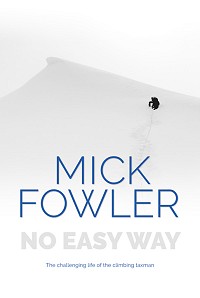

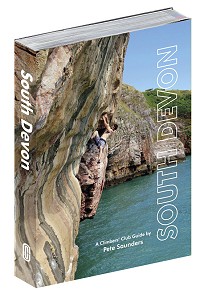
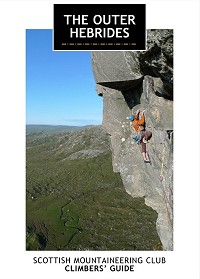
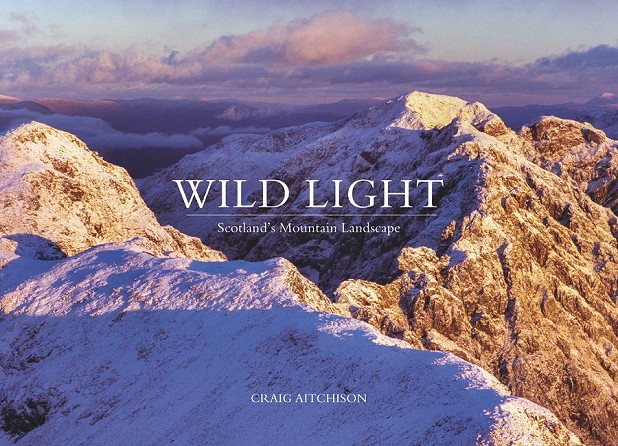

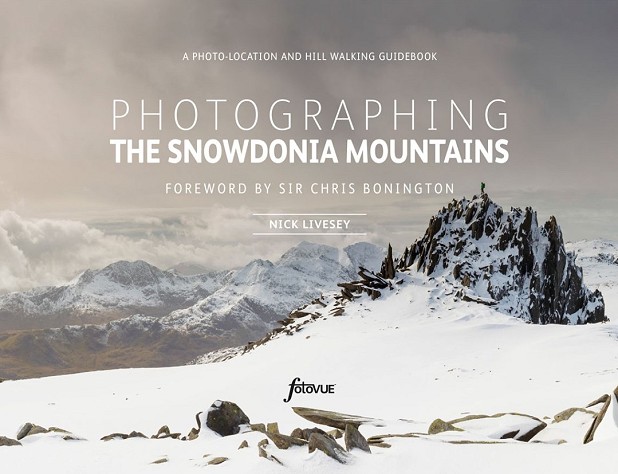

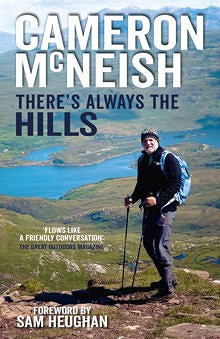
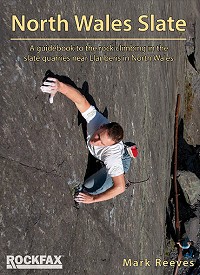

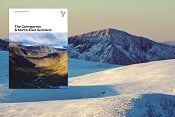


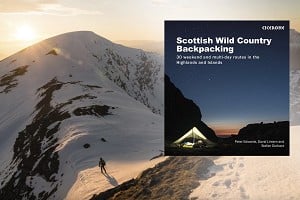

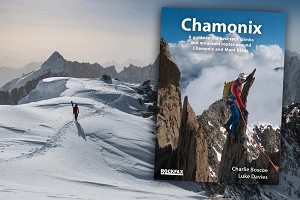
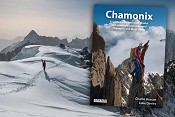
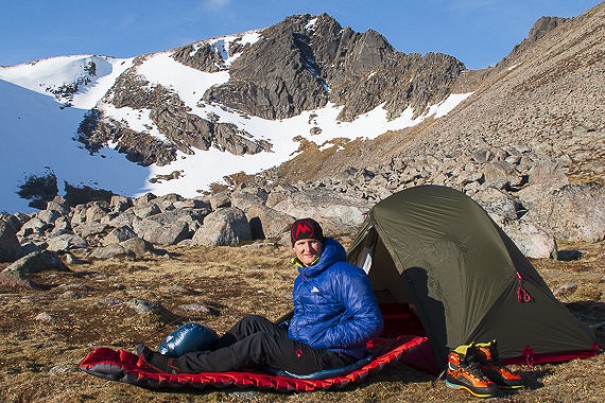
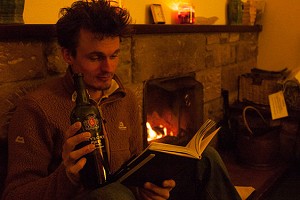
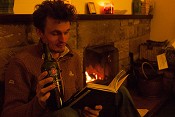
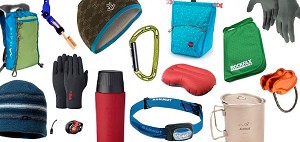

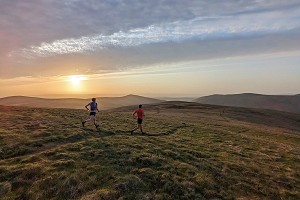

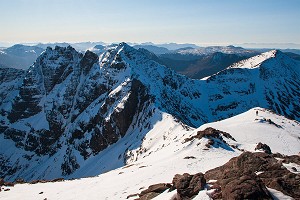
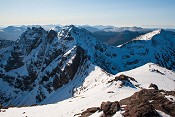
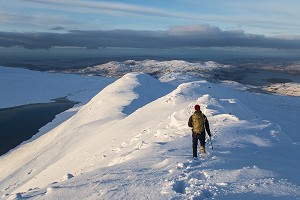
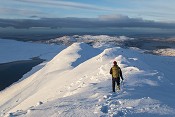
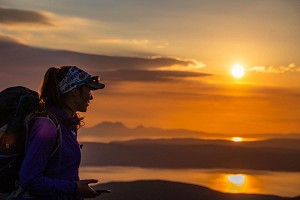

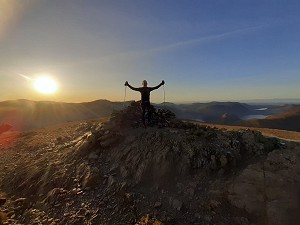
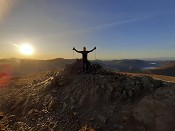
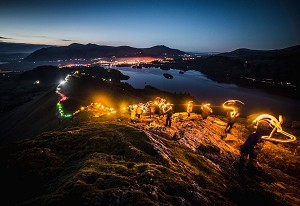
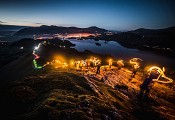
Comments
'In many places the contrast dial seems to have been turned up to 11, and all detail in the shadows is lost. If this is a stylistic quirk on Craig's part then I wish he wouldn't. I suspect however that the exaggerated shadows came about during production. Is it the paper they used, or a quirk of the printing?'
It's an old technology called 'film', specifically Fuji Velvia. You only get about 4 stops of dynamic range, so faced with sunlight and/ or snow something has to give, and generally it's preferable to let the shadows go and save the highlights. Working around this issue is one of the great challenges of photography on slide film, but it does tend to breed an awareness of light that is often missing from digital work.